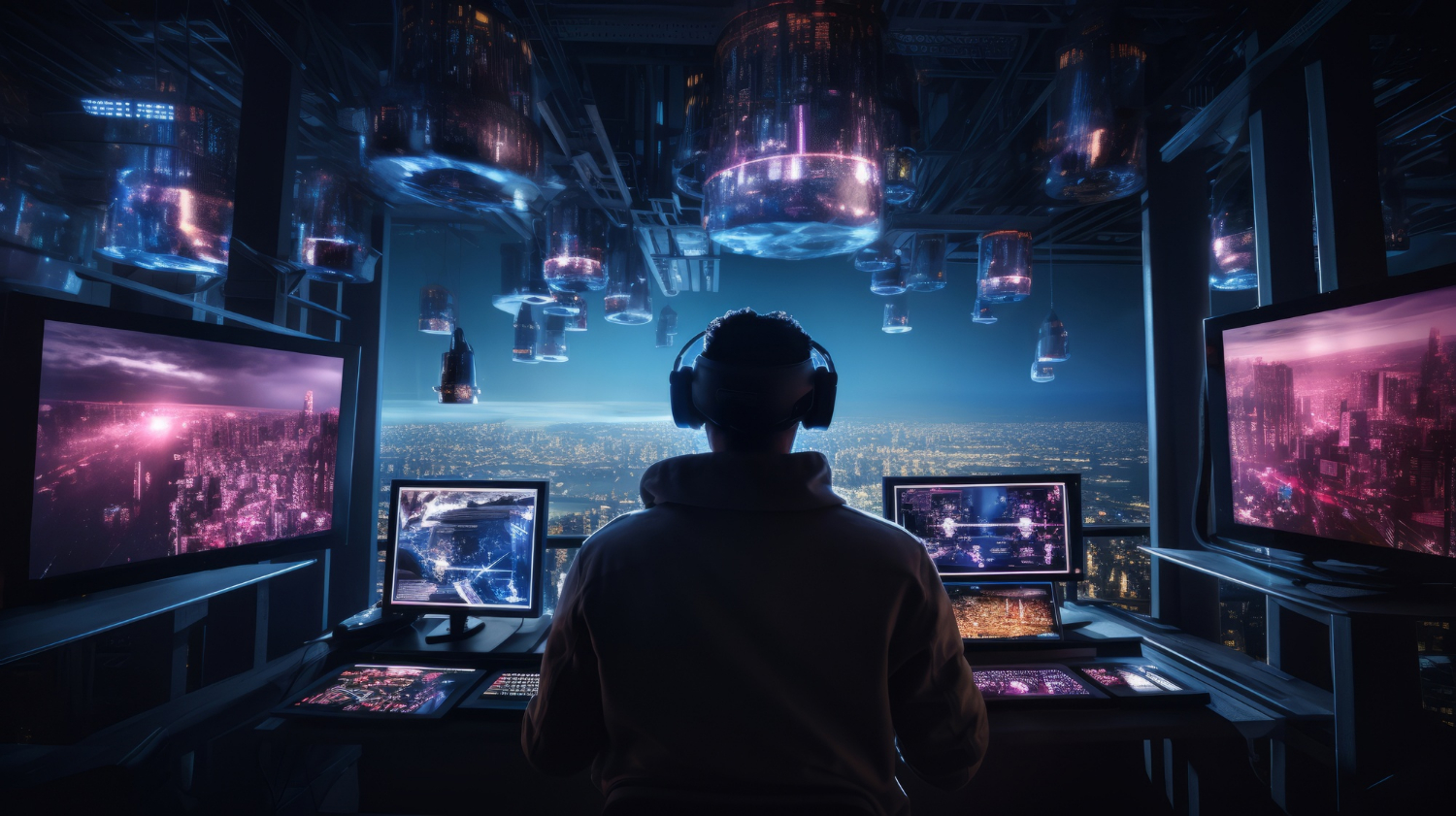Visual Effects (VFX) has become an integral part of the entertainment and media industry, transforming how stories are told. From action-packed movies to captivating video games, VFX plays a crucial role in creating lifelike visuals and bringing imaginative concepts to life. But how does one learn to master the art of VFX? This is where a specialized course can make all the difference, offering the tools and knowledge needed to turn creative ideas into stunning realities.
The Role of a VFX Course
A VFX course provides students with a comprehensive understanding of the techniques and software used to create visual effects. Whether you’re interested in the world of films, television, gaming, or even advertising, these courses are designed to cover a range of VFX skills. By focusing on both creative and technical aspects, these courses enable learners to conceptualize, design, and implement visual effects that captivate audiences.
Key Skills Gained in a VFX Course
One of the main objectives of a VFX course is to equip students with the necessary skills to create professional-quality visual effects. Some of the critical skills taught include:
- 3D Modelling and Animation: A significant part of VFX involves creating realistic 3D models and animating them to blend seamlessly with live-action footage or other digital elements.
- Compositing: Compositing is the art of combining different visual elements from various sources into a single image. Learning how to achieve smooth transitions and lifelike integration is essential for any VFX artist.
- Lighting and Rendering: VFX artists must understand how lighting affects a scene to create mood and realism. Proper rendering techniques ensure the final output looks polished and believable.
- Simulations and Effects: In many VFX projects, creating simulations of natural phenomena like fire, smoke, and water is crucial. These techniques add depth and realism to digital scenes, enhancing their impact.
Software and Tools in VFX Training
An essential part of any VFX training is learning how to use the industry-standard tools. These include software for animation, modelling, rendering, and compositing. Programs such as Autodesk Maya, Adobe After Effects, and Houdini are some of the tools commonly used by VFX artists.
A good course ensures that students gain proficiency in these software programs, allowing them to execute complex tasks and work on professional-grade projects. Having hands-on experience with these tools enhances a student’s ability to bring creative ideas to life and meet the high standards expected in the industry.
Practical Experience and Portfolio Development
Practical experience is at the heart of any VFX course. Students often work on real-world projects, allowing them to apply what they have learned in a creative context. This hands-on approach helps them develop a strong portfolio, showcasing their skills and abilities.
A strong portfolio is essential for anyone pursuing a career in VFX. It acts as a visual resume, demonstrating to potential employers or clients the range of effects a student can create. Many courses offer guidance in building a portfolio that stands out, featuring both personal projects and collaborations with others.
Career Opportunities in VFX
Completing a VFX course opens up various career paths in the media and entertainment industry. VFX artists can work on films, television shows, commercials, video games, and even virtual reality experiences. Many VFX artists specialize in specific areas such as character animation, environmental effects, or compositing. With the growing demand for high-quality visual effects, job opportunities are abundant in both creative and technical roles.
In addition to the entertainment industry, VFX skills are also in demand in architecture, engineering, and product design, where visual effects are used to create realistic simulations and presentations.
The Importance of Location and Accessibility
For those interested in pursuing a VFX course, location can play a significant role in access to high-quality training. Cities like Udaipur offer specialized VFX courses where aspiring artists can learn the craft in an environment that fosters creativity. By choosing a VFX course in Udaipur, students can benefit from local expertise, hands-on training, and the opportunity to network within the industry.
Conclusion
Visual effects are an exciting and essential part of modern media, and a VFX course provides the foundation needed to transform ideas into stunning realities. Through training, students learn both the technical skills and creative techniques to make their mark in the world of VFX. With the right guidance and tools, the possibilities are endless, allowing students to bring even the wildest imaginations to life. Whether you’re looking to create jaw-dropping movie scenes or interactive game worlds, mastering VFX will give you the skills to turn your vision into reality.

